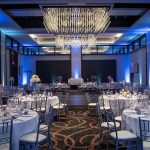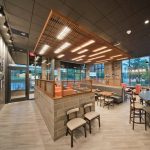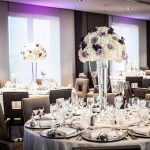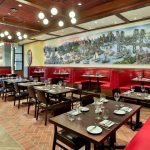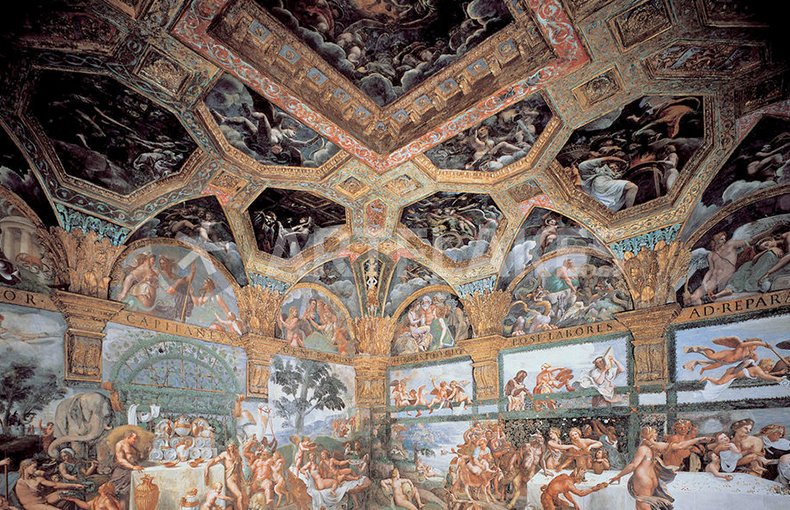Creative Neighborhoods Lessons from the Renaissance
By drawing on the architectural innovations that blur the line between reality and fantasy, contemporary architectures could apply these principles in fashion that transforms dull, grey neighborhoods into more pleasant, engaging, and comfortable living spaces that generations of families can inhabit and enjoy.
Giulio Romano’s Palazzo del Tè in Mantua is just such example of architectural innovations that comes from Renaissance. It could be interpreted as an early exploration into the concept of a “theme park”. Each room of the Palazzo represents it’s own world, or “theme”. One such example is the Sala del Giganti (Room of the Giants), which is renown for an enormous fresco depicting Giants and other mythical beings. Using paintings executed with “the utmost delicacy,”[Murray, 1986] Romano created the illusion of “great circular temple floating, apparently suspended in space.”[Murray, 1986] The effect subsumed and dissolved the physical architecture in the visual space, creating a flight of fancy that transcends the room’s physical dimensions.
“This incredibly energetic collection of environmental experiences offers enough lessons for a whole architectural education in all things that matter.”
–Charles Moore, 1965
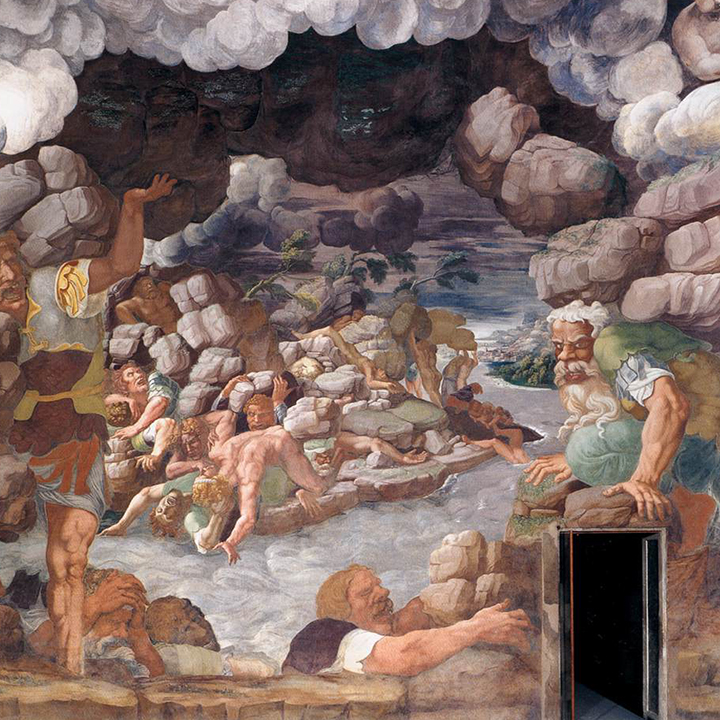
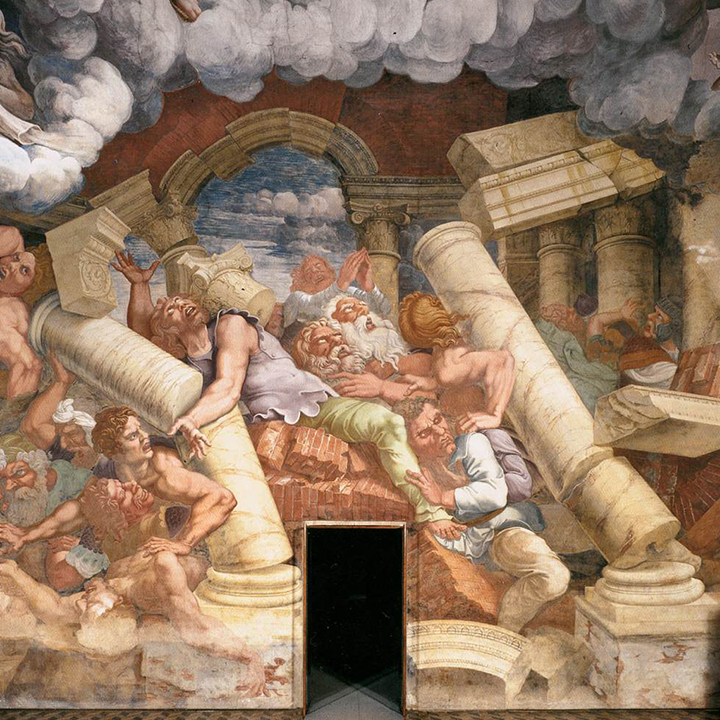
The bulky look created by the solid sculptural masses of the semi-circular legs of Wedge contrasts with the lightweight feet, which culminate in an oblique chisel tip shape.
Detailed paintings were not the only element that Romano used to create a fantasy world. Although Palazzo del Te’s plan conforms to the typical structure of a Roman Villa [Murray, 1986], detailed study of building’s interior reveals curious features not typically found in a Renaissance building. Most notable is the building’s lack of symmetry. The Palazzo’s frontal bays are not equal, the spaces between pilasters are not even, and one of the bays even has an un-centered window. [Murray, 1986] Another interesting feature is a string course that “is level with the face of the pilasters . . . forms the sill of the attic windows, and is tied into the keystone of the windows on the main floor,” [Murray, 1986] which is very unlike Renaissance buildings where architectural details are clearly separated.
Although these and many other odd features do not follow typical Renaissance architectural principles, the Palazzo’s stands out for the sophistication of the underlying architectural choices and structure. Rather than rejecting the Renaissance aesthetic, Romano appears to have envisioned a building that would appeal to a sophisticated audience that understood and appreciated his deliberate manipulations. The master probably hoped that guests visiting the Palazzo would enjoy this mixture of art and architecture creating a space where fiction and reality are blended together.
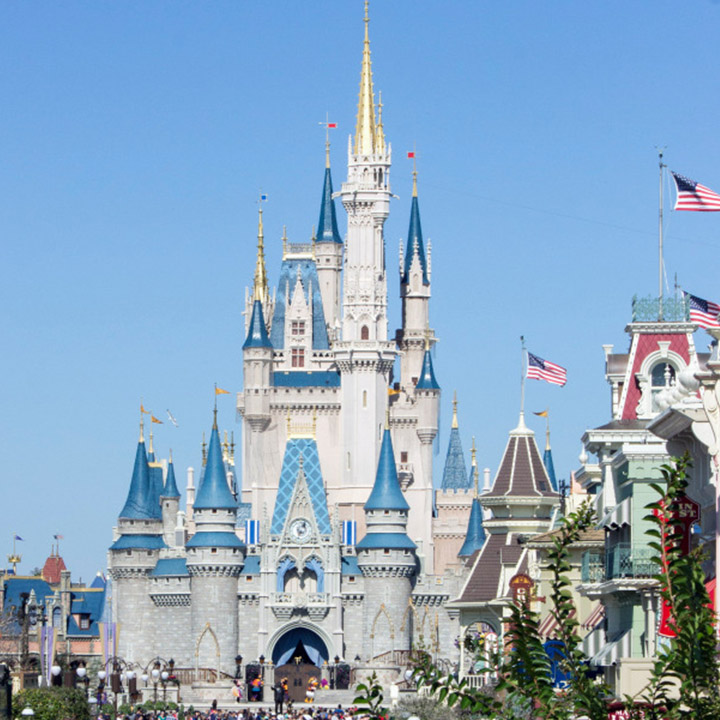
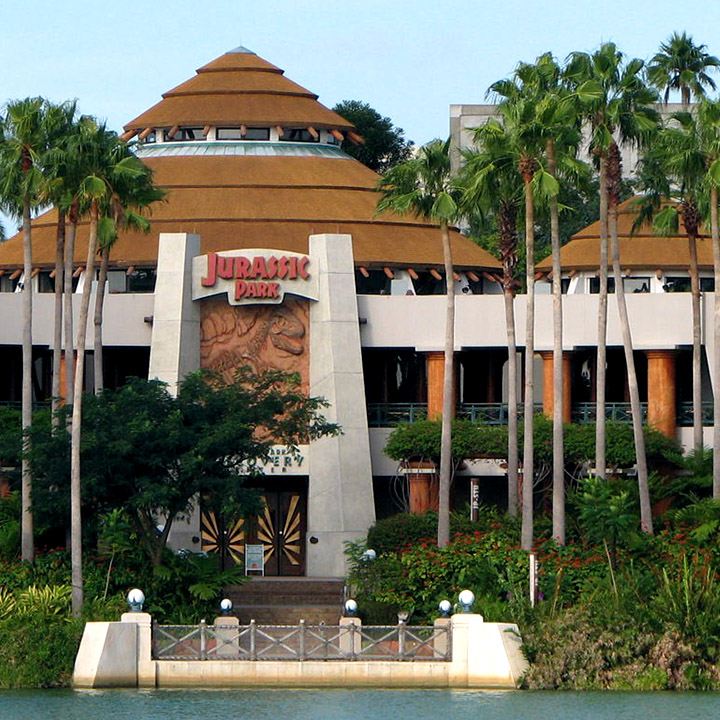
Similar intentions may be found in the architecture of contemporary theme parks. Like the Palazzo’s rooms, these parks are divided into zones. Each zone, in turn, is designed and styled for a particular theme. One example of such a park is Universal Studios’ Islands of Adventure in Orlando, Florida. From the Juristic Park to the newly added Harry Potter and the forbidden Journey Park, visitors walking through these zones feel submerged in a fictional word created by their surroundings. Much like in the Sala del Giganti, where the “angles of the room and the walls and the ceiling where softened then painted so the first impression is that one does not know where walls end and the ceiling begins,” [Murray, 1986] each zone in the Islands of Adventure theme parks uses the attributes of the fictional place it portrays in order to reshape physical space and create the illusion of a different world
Variation is another similarity evident in both the Palazzo del Te and contemporary theme parks. In Palazzo, Giulio created variety through the use of different texture of the walls, adding subtle similarities to the entrance and garden front that appear different at the first sight. [Murray, 1986] According to Murray, such subtle variations “create in the spectator’s mind a pleasure similar to that given by variation on a theme in music.”[9] In Theme Parks variation is created through different themes brought to life through the use of architecture, landscaping, statutory, and layout that are all authentically styled to a particular era or fictional word. [Fleming, 1999]
Another interesting similarity the Palazzo shared with contemporary theme parks is the manipulation of scale and perspective to achieve an illusion or size of space. In Walt Disney World for example, buildings that are located closer to the Sleeping Beauty’s Castle have lower profiles than building located elsewhere in the park. The castle, in turn, is placed on a slightly elevated ground. Much like the floating temple in the ceiling of the Sala del Giganti, which made the ceiling feel higher, the effect here makes the Castle appears taller than it actually is.
The similarities between Romano’s Palazzo and contemporary theme parks offer insight into the effects that can be accomplished through the creative use of art, architecture, and landscape. More significantly, it offers lessons on how to capture and recast limited physical space.
Bibliography
- Argan, Giulio C. The Renaissance City. New York: George Braziller, 1970.
2. Carol Strickland, Ph.D. The Annotated ARCH. A crash Cource in the History of Architecture. Kansas City: Andrews McMeel Publishing, 2001.
3. John Fleming, Hugh Honour, Nikolaus Pevsner. The Penguin Dictionary of Architecture and Landscape Architecture. London: Penguin Books Ltd., 1999.
4. Murray, Peter. the Architecture of the Italian Renaissance. New York: Schocken Books, 1986.

